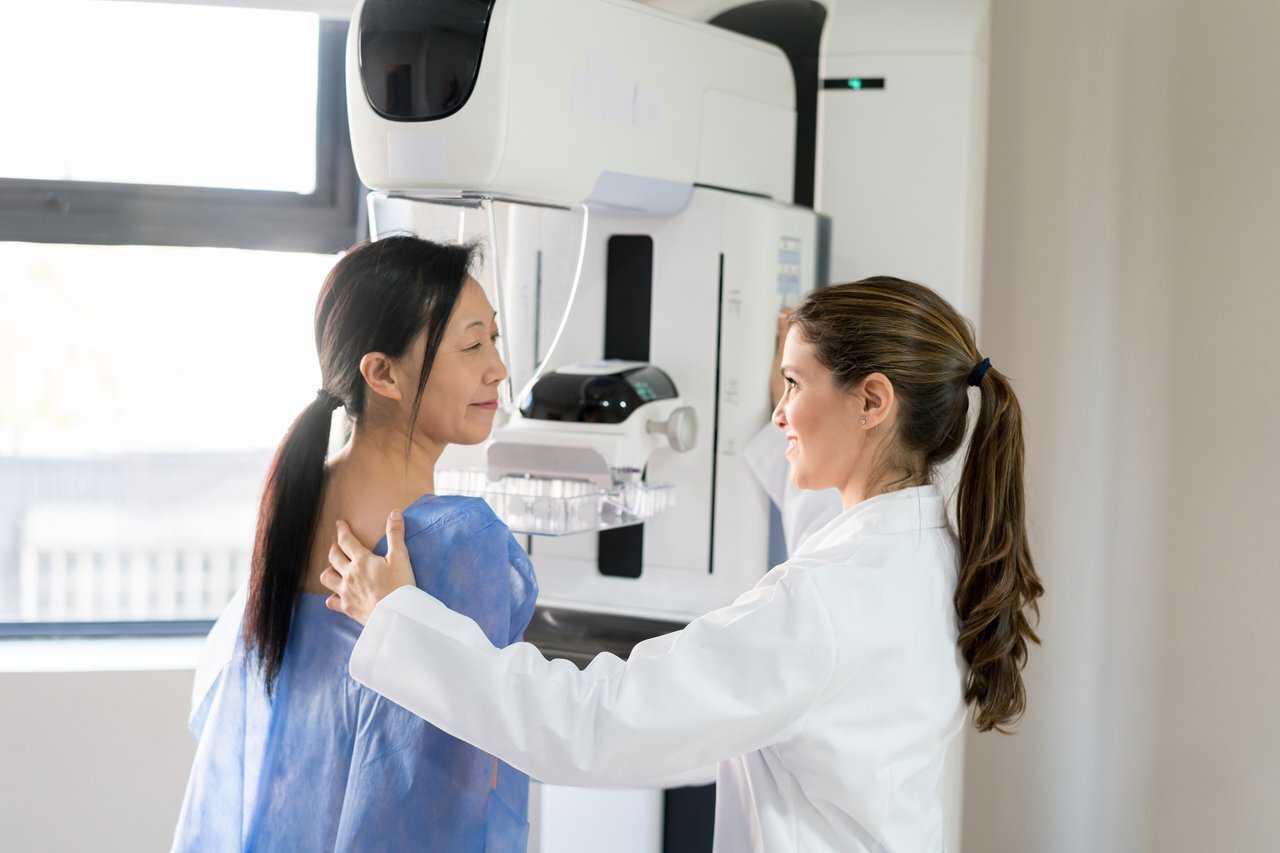
Cell senescence, the process by which cells lose their ability to replicate and function properly, is a fascinating phenomenon that plays a crucial role in the biology of aging. While it is commonly associated with aging, senescent cells can also occur due to various factors such as DNA damage, stress, and inflammation.
What makes cell senescence even more intriguing are the extraordinary facts surrounding this process. From its impact on cancer to its connection with tissue repair, cell senescence holds a wealth of secrets waiting to be unveiled.
In this article, we will delve into 9 extraordinary facts about cell senescence. From the surprising benefits it can provide to the potential downsides it may have on aging-related diseases, we will explore the diverse aspects of this biological phenomenon. So, buckle up and prepare to be amazed by the intricate world of cell senescence!
Key Takeaways:
- Cell senescence is a natural process where cells stop dividing. It can be triggered by factors like DNA damage and plays a role in aging and diseases.
- Senescent cells can be identified by specific markers and targeted by drugs. Reversing cell senescence and targeting it therapeutically show promise for future treatments.
Cell senescence is a natural cellular process.
Cell senescence is a fascinating phenomenon that occurs as a result of cellular aging. It is a natural process that all cells undergo at some point in their lifecycle. During cell senescence, cells lose their ability to divide and proliferate, leading to a state of growth arrest.
Cell senescence can be triggered by various factors.
Cell senescence can be triggered by a variety of factors, including DNA damage, oxidative stress, telomere shortening, and oncogene activation. These triggers can activate specific pathways in the cell, leading to the induction of senescence.
Cell senescence plays a crucial role in aging and age-related diseases.
Cell senescence is closely associated with aging and age-related diseases. As cells enter a senescent state, they accumulate and contribute to the aging process. Additionally, senescent cells secrete various factors that can promote inflammation and tissue dysfunction, leading to the development of age-related diseases such as cancer, cardiovascular disease, and neurodegenerative disorders.
Cell senescence can have both beneficial and detrimental effects.
While cell senescence is often associated with negative consequences, such as tissue dysfunction and disease development, it can also have beneficial effects. Senescent cells can act as a protective mechanism by preventing the proliferation of damaged cells and potentially inhibiting tumor formation.
Senescent cells can be identified by specific markers.
Scientists have identified specific markers that can be used to identify senescent cells. These markers include the expression of proteins such as p16INK4a, p21CIP1, and senescence-associated ?-galactosidase (SA-?-gal). By detecting these markers, researchers can study the presence and impact of senescent cells in different tissues.
Cell senescence can be induced by senolytic drugs.
Senolytic drugs are compounds that specifically target and eliminate senescent cells. These drugs hold promise in the field of aging research and have the potential to delay or even reverse age-related conditions by clearing out the accumulated senescent cells.
Cellular senescence is reversible.
Although cell senescence is generally considered to be an irreversible process, recent studies have shown that it can be reversed under certain conditions. This opens up new avenues for future research focusing on strategies to rejuvenate senescent cells and restore their functionality.
Cell senescence is influenced by genetic and environmental factors.
The process of cell senescence is influenced by a combination of genetic and environmental factors. While certain genetic factors can predispose cells to senescence, external factors such as stress, lifestyle choices, and exposure to toxins can also accelerate senescence.
Targeting cell senescence may hold therapeutic potential.
Given its involvement in aging and various age-related diseases, targeting cell senescence has emerged as a potential therapeutic approach. Developing interventions to modulate or eliminate senescent cells could potentially pave the way for novel treatments for age-related conditions.
Conclusion
In conclusion, cell senescence is a fascinating biological process that plays a crucial role in various aspects of aging and disease. Understanding the mechanisms and implications of cell senescence can provide valuable insights into potential therapeutic approaches for age-related conditions such as cancer, neurodegeneration, and cardiovascular diseases.
From the discovery of cell senescence by Leonard Hayflick to the identification of senescence-associated secretory phenotype (SASP), researchers have made significant strides in unraveling the mysteries of this cellular phenomenon. The nine extraordinary facts about cell senescence discussed in this article shed light on its complex nature and highlight its impact on our health and well-being.
As scientists continue to explore the intricate mechanisms underlying cell senescence, we can expect further breakthroughs that will open new avenues for targeted interventions and treatments. By harnessing the knowledge of cell senescence, we can strive for a healthier and more vibrant future.
FAQs
Q: What is cell senescence?
A: Cell senescence is a state of irreversible growth arrest that occurs in cells as they age or in response to stress and damage. It is characterized by changes in cell morphology and gene expression.
Q: How does cell senescence contribute to aging?
A: Cell senescence accumulates in tissues over time and is believed to contribute to the aging process by impairing tissue regeneration, promoting inflammation, and increasing the risk of age-related diseases.
Q: Can cell senescence be reversed?
A: While cell senescence was once considered irreversible, recent research has shown that it is possible to reverse senescence in certain circumstances through interventions such as senolytic therapies.
Q: What is the role of telomeres in cell senescence?
A: Telomeres, repetitive DNA sequences at the ends of chromosomes, act as protective caps. As cells divide, telomeres shorten, and once they reach a critically short length, cell senescence is triggered.
Q: Does cell senescence only occur in aging cells?
A: No, cell senescence can also be induced in response to various stressors, such as DNA damage, oxidative stress, and inflammation, regardless of the cell’s age.
Q: Are all senescent cells harmful?
A: While senescent cells can have beneficial effects by preventing the proliferation of damaged cells, they can also secrete harmful factors that contribute to tissue dysfunction and the development of age-related diseases.
Q: Can senescent cells be targeted for therapeutic purposes?
A: Yes, researchers are actively exploring senescence-targeted therapies, such as senolytics, which selectively eliminate senescent cells to promote tissue rejuvenation and enhance overall health.
Q: Are there lifestyle factors that can influence cell senescence?
A: Yes, factors such as chronic stress, poor nutrition, sedentary lifestyle, and exposure to toxins can accelerate the onset of cell senescence, emphasizing the importance of adopting a healthy lifestyle for promoting cellular health.
Q: Can cell senescence be used as a biomarker for aging?
A: Yes, the presence of senescent cells and various senescence-associated biomarkers can serve as useful indicators of biological aging and age-related disease risk.
Unraveling cell senescence's extraordinary facts sparks curiosity about related topics. Delving deeper into the fascinating world of biology, readers can explore the intricacies of the aging process, gain insights into DNA damage and repair mechanisms, or discover the surprising relationship between oxidative stress and antioxidants. Each subject offers a unique perspective on the complex tapestry of life, inviting readers to embark on a journey of scientific discovery and understanding. By exploring these interconnected themes, readers can develop a more comprehensive view of the biological processes shaping our lives and health.
Was this page helpful?
Our commitment to delivering trustworthy and engaging content is at the heart of what we do. Each fact on our site is contributed by real users like you, bringing a wealth of diverse insights and information. To ensure the highest standards of accuracy and reliability, our dedicated editors meticulously review each submission. This process guarantees that the facts we share are not only fascinating but also credible. Trust in our commitment to quality and authenticity as you explore and learn with us.


